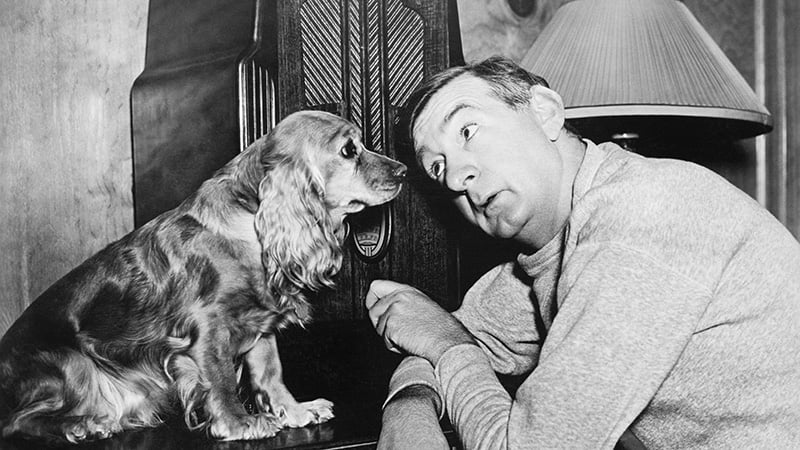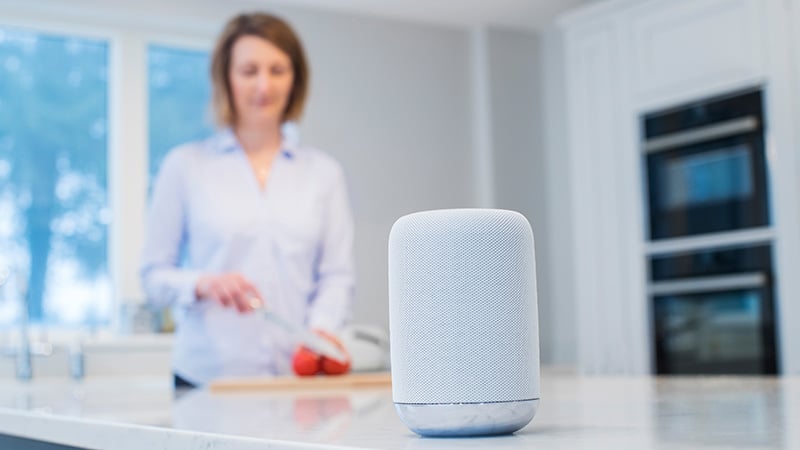Do you remember lying in bed
With the covers pulled up over your head?
Radio playin' so no one can see
Do You Remember Rock and Roll Radio - The Ramones, 1980, lyrics © Warner/Chappell Music, Inc, BMG Rights Management
The days of teenagers like the character in that classic song by The Ramones staying up late at night, hiding underneath the blankets with a portable radio, and hoping to hear their favorite songs may be long gone, but broadcast radio continues to capture people’s attention.
In fact, according to a recent Nielsen survey, roughly 93 percent of America spends at least some time listening to broadcast radio on a weekly basis both at home and in their cars — with audiences spanning all generations, demographics, and ethnicities.
Radio’s continuing popularity presents huge opportunities for marketers who may have thought that technological advancements in the way people enjoy audio content would push them away from radio. But based on those Nielsen survey results, it’s clear people continue to listen to their favorite programs and music — something that has not gone unnoticed by the big national brands.
Today, billion dollar advertisers are re-discovering the power of radio and how it can amplify their media mix. New ad dollars are flowing into the medium, and major national brand names that have been absent from commercial radio for decades can once again be heard on the air — further evidence that we are entering into an age of “reawakening” about what radio has to offer.
All that to say that brands need to continue to use this “old school” medium to buy ads with enough repetition to make a memorable impression on listeners, influence consumer decision making, and enhance brand loyalty.
But that doesn’t mean that we should be adverse to those aforementioned advances in technology. The radio industry certainly isn’t standing still. Over the years, radio programming has steadily evolved into what we refer to now as “audio content” and includes everything from podcasts to online streaming to voice-activated technology.
Really, it’s the devices people are using to enjoy audio content that have undergone the biggest changes. Classic radios and stereo systems — not to mention the tiny portables that Joey Ramone was singing about in “Do You Remember Rock and Roll Radio?” — have virtually disappeared from American households and been replaced with a wide variety of new devices.

The New Wave of Audio
This “new wave” of audio devices doesn’t just sit on a table in the living room playing your favorite songs and shows like the classic bulky transistor. Devices like Amazon’s Echo and the Google Home are driving an audio resurgence with innovative ways of enjoying both individual listening and shared experiences. The days of families gathering around the radio to enjoy “The Shadow,” classic Orson Welles radio broadcasts and even further back in time, FDR’s fireside chats, may be over, but those shared experiences have been replaced by people sharing their favorite Stuff Media podcast or NPR’s “All Things Considered” episodes.
Further adoption of voice-activated devices presents exciting opportunities for marketers. The Spring 2018 Smart Audio Report conducted by NPR and Edison Research says an estimated 43 million people over the age of 18 in the US now own at least one smart speaker. Juniper Research is predicting that by the year 2022, American consumers will be using close to 900 million voice-activated devices and assistants across smartphones, tablets, desktop and laptop PCs, speakers, TVs, and cars — a 95 percent increase over what’s being used today. Marketers must get out ahead of the curve with campaigns that can reach consumers enjoying audio content through those devices.
Radio stations are taking notice of this trend, too. NPR is reporting that consumer demand for audio content is playing out across all of its programming and platforms. According to NPR’s CMO Meredith Goldthwaite, smart speaker streaming drove an eight percent increase in the number of hours that consumers spend listening to her station’s digital broadcasts, and overall listenership for some of NPR’s flagship shows like “Morning Edition” and “All Things Considered” also grew significantly over the past three years.
Those significant numbers are capturing the attention of marketers and advertisers looking to tap into those audiences. Last year the IAB reported that digital audio ad revenues exceeded $1.6 billion in 2017 — a nearly 40 percent increase over 2016. And with good reason. Audio content is the perfect intimate atmosphere for connecting consumers with brands. Studies show that Millennials in particular are drawn to the kind of “authenticity and storytelling” audio content like podcasts can provide with guidance on everything from investing money to choosing vacation destinations to deciding where to go and what to drink during happy hours.

What's next?
In the years ahead, the challenge for brands will be finding the right balance between leveraging the potential of this relatively new audio technology while continuing to invest in broadcast radio advertising campaigns that still reach vast numbers of consumers.
For now, broadcast radio’s audiences continue to span all generations, demographics, and ethnicities. People will continue to listen to their favorite programs and music at home and in their cars — something that has not gone unnoticed by the big national brands. Billion dollar advertisers are re-discovering the power of radio and how it can augment, supplement, and amplify their media mix. New ad dollars are flowing to the medium, and major national brand names that have been absent from commercial radio for decades can once again be heard on the air — further evidence that we are entering into a new age of what radio has to offer both the general consumer public, and the ad community.





